What is Equine Therapy?
In a word, independence.
VTEA defines Equine Therapy as…
The discipline of facilitating physical, mental, and emotional healing through guided interaction with horses, in a restorative setting.
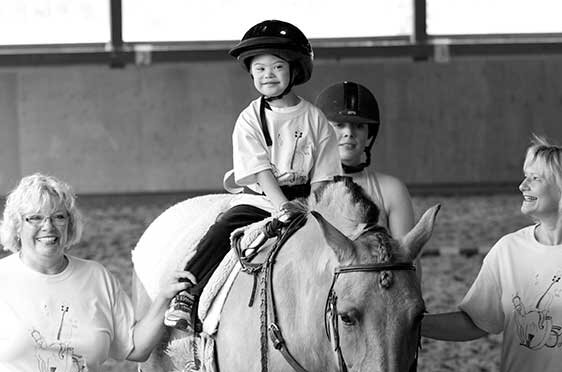

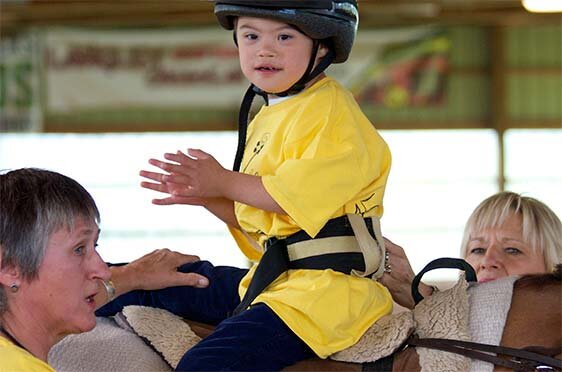

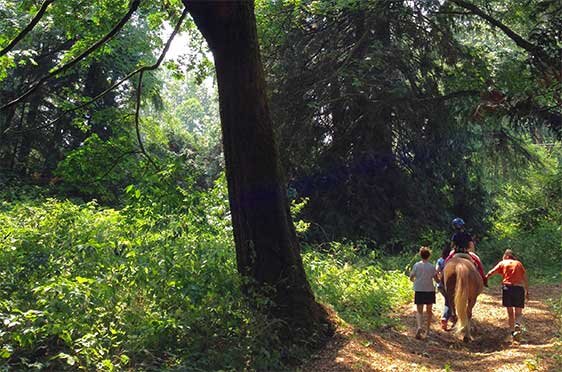
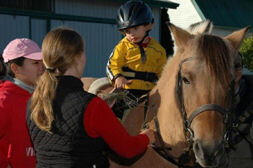
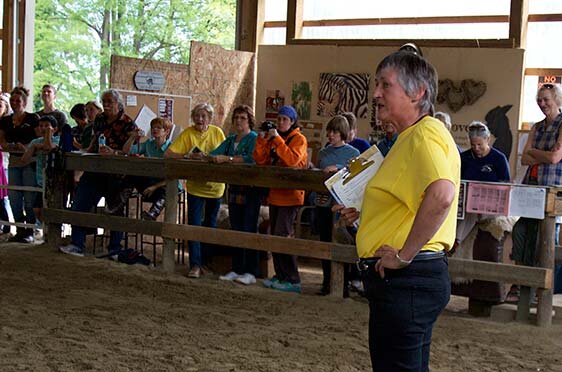

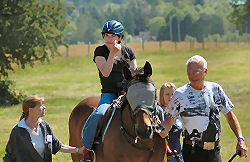
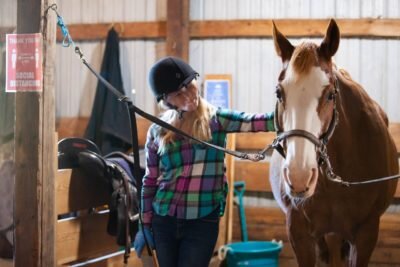


The discipline of Equine Therapy at Valley begins with Therapeutic Riding and Hippotherapy, our two core approaches:
Therapeutic Riding
Therapeutic Riding is a method of health care committed to improving the physical and mental well-being of people with disabilities. It provides general exercise, recreation, and sense of achievement as well as independence from artificial aids such as crutches and wheelchairs. Clients ride over uneven ground and into fields and forest where new sights, sounds, and smells, stimulate the senses.
At Valley, Therapeutic Riding is taught by instructors who have passed rigorous training through CanTRA (Canadian Therapy Riding Association) or the American equivalent. These instructors concentrate on personal engagement through games and strength and flexibility exercises.
The aims of therapeutic riding include:
balance improvement
coordination development
mobilization of stiff joints
development of weak muscles
prevention of contractures
improved circulation
relaxation of spasticity
increased self-esteem and independence
improved learning
concentration
overall relaxation of the body and the mind
These aims are achieved as the rider experiences the rhythmic swinging motions of the horse as the horse is led around the arena, pastures and trails of the farm.
Hippotherapy
Hippotherapy is a treatment used by physical and occupational therapists and speech and language pathologists who are trained in medicine. They understand the movement of the horse and the human, and how to use the mechanics of the horse to facilitate changes in the client. They use the warmth, gait and size of the horse to challenge kinaesthesia, core strengthening, stretching, and other special focuses. Hippotherapy is a physical therapy tool for clients with a broad range of diagnoses, including cerebral palsy and multiple sclerosis.
A clear description of hippotherapy is one provided in an abstract by Brandon Rhett Rigby, M.S.B.M.S. (2009) who states:
Hippotherapy is a treatment strategy that uses the multidimensional movement of the horse to stimulate neuromotor, sensory and cognitive systems to facilitate positive changes in the client. The therapist uses clinical reasoning and evidence-based practice to make adjustments in the horse’s movement to bring about those changes in the client. Various positions are used so the client may be positioned sitting backwards, sideways, or lying down on the horse’s back. Most Hippotherapy treatments are carried out at the walk with the horse being lead or long-lined.
Seniors Riding Program
Valley offers a program specifically tailored to seniors using these two modalities. Please click the button below if you are interested.
But Equine Therapy also includes a focus on mental health. Valley’s Equine Facilitated Wellness program offers those who seek peace the opportunity to find it.
Valley currently offers an Equine Facilitated Wellness program with three different approaches, as well as our Front Line Heroes program, which is geared specifically toward those front line workers who have been giving so much to the rest of us during the current global pandemic. To learn more about both these programs, please click the buttons below.
Why It Works—
Connecting with Horses
Out in nature, the sessions provide a beautiful and peaceful place for our clients to be; horses provide an incredible opportunity for people to improve their physical and emotional health. The movement of the horses mimics the person walking which helps to increase things like core strength, balance, and coordination; horses also give the clients a calm, quiet environment and a level of independence which has a big impact on their confidence and self-esteem.
It is exciting to ride a horse. You might assume that this is the biggest factor in achieving the beneficial effects that are seen with our diversely-abled children. However, a horse is a very special animal and there are other aspects to the horse that come into play.
Horses are prey animals
Horses share a characteristic with some other mammals that are involved in therapy. What they all have in common is that they are prey animals. In the wild, they live with the constant fear that their young or the weak of the herd may be attacked and killed by predators.
There are many features that distinguish predators and prey animals. Predators, like cats and dogs, have forward facing eyes to help them focus on their prey. Once they have caught their prey, they spend much of the day sleeping or resting in one place.
Prey animals, on the other hand, must spend most of the day on the move. They have eyes on both sides of their heads for maximum visibility. Their ears are constantly on the move to detect the slightest sound that may signal danger. They have a much keener sense of smell than dogs or cats.
Because horses are preyed upon in nature, their primary concern is safety. They have a highly developed sense of their surroundings and the emotional state of other herd members, including humans. A horse will instantly assess how we are feeling and how we tend to be in the world and will often mirror this back to us in their behavior, allowing for powerful and enduring experiential learning to take place.
Horses stick with the herd
In nature, horses are always on the alert for potential threats and ready to take to their heels if there is the slightest suspicion that something unexpected will happen. If they are free to go, they will act on that suspicion and escape to a less threatening place. Given that a horse will flee when danger seems imminent, a human can only come close to a free range horse in situations where there is no threat. Such a relationship only develops as mutual trust grows over a period of time. A horse cannot be intimidated into being close.
Nevertheless, horses are curious and, if they feel no threat, will often slowly approach a human as they would approach another member of their herd.
Like humans, horses are highly social animals that form strong bonds of family and friendship. They can teach us how to be assertive, set boundaries and be clear and respectful in our communication. Interacting with horses offers a chance to develop leadership and confidence as we are empowered to let go of beliefs and behaviors that no longer serve our goals and dreams. In this way, horses help guide us towards being our authentic selves.
A relationship between equals
Good relationships between humans and horses can only develop in non-stress, welcoming conditions. The best horse-human relationships are not based on power on either side. Horses and humans are very different, but neither is superior.
In human relationships, we have difficulty avoiding hierarchies, even if both humans strive to avoid it. The best boss working with a confident employee is still the boss. A helper may appear to be superior to the person being helped. This hierarchy may influence how ideas are exchanged and decisions made. We have all seen the band-wagon effect when a boss is keen on an idea and his team goes along with the idea rather than making waves.
In non-hierarchical relationships, reviewing possibilities and choosing actions is likely to be based more on factors that matter, leading to creative ideas and different ways of sizing up alternatives. Some humans believe that such communication occurs with their horses. Whether all humans working with horses can communicate in this way is open to question. However, it may be that some of our special children are benefiting from such communication.
Horses don’t judge us and they can show us how to live mindfully in the present moment. They model how to move between the fight, flight, freeze response, back to grazing once the “alarm” has passed. Humans tend to engage all our senses when we are around these big, powerful animals, making the experience more profound than therapy in an office.
See What It’s All About:
Hippotherapy with Pippa
Watch Pippa Hodge—one of our founding staff members, a CanTRA Coach and Examiner, and Registered Physiotherapist specializing in Clinical Hippotherapy—in action.
FAQs
Responses by Janette Carr
I am/consider myself unafflicted by any physical or mental illness, disorder, or disease. Does that mean equine therapy is not for me?
It may not be therapy you need. It could be an experiential learning experience which may look similar to therapy. It is noted in some literature that clients who have worked with practitioners doing talk therapy in an office or some type of clinical setting find when they are out in nature and the elements and working in a partnership with a practitioner and horse, clients seem to obtain more insights and connection to issues they may be facing. Your experience at VTEA could be viewed as a healing modality where you, as the participant, is the centre of their own experience with the horse as teacher and the practitioner facilitating your learning or awareness by providing observation and feedback.
Are VTEA’s equine therapy coaches certified?
All equine therapy coaches at Valley are certified for both riding and non-riding activities.
Is equine therapy a particularly spiritual discipline?
The experience of being in nature with a large, powerful sentient being (horses) may feel spiritual to clients. Each practitioner brings their own blend of knowledge and skills to their practice, and just as each practitioner is unique, there are so many varieties and components that make up spirituality. For all of us it depends on your culture and/or beliefs. Some of the modalities our therapists have seen used are: tarot cards, smudging, drawing, meditation and grounding exercises.
Depending upon one’s beliefs, some things may work for some people while others have no interest. Our practitioners will explain what exercises they are doing and the reason behind them prior to facilitating. Nothing will ever be forced on the client. They will honour what works for you.
Why haven’t I ever heard of equine therapy before?
Equine therapy for riding has been around in North American since the 1960's and working with horses for therapy is a relatively new healing modality.
How does equine therapy differ from other forms of therapy — other than the horses?
The horses really are the crux of it. When you are up and moving, walking, brushing the horse and simply being and doing with horses (somatically), it has the effect allowing individuals feelings and thoughts to come to the surface. People have found they are more authentic and honest in the company of horses.
Do I have to have experience with horses to seek equine therapy?
No horse experience is necessary for riding or unmounted therapy. You will learn from the riding Instructors and practitioners all the safety protocols to safely work and be with horses. Our staff are highly trained in horse knowledge and behaviour and receive continued education working to keep you safe. With that said, horses are large and powerful animals who at times no matter how much training they have can behave unpredictably. The staff at Valley take all precautions and measures to keep you safe and out of harm’s way.
